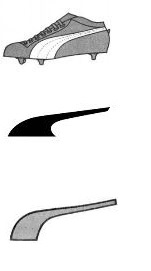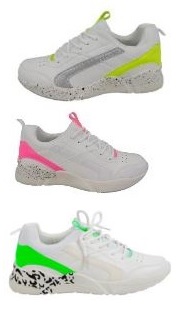Trademark agency Abcor - protect your trademark
Contact
If you have questions or want to know more about our services?Please mail: info@abcor-ip.com
Please call: 31 (0)71 576 3116
Edco argues that the design registration is invalid. The design is not novel, because there had already been comparable brushes in the market. The court disagrees. The prior articles lack the feminine shape (its convex bulges) and the clothing is simply drawn on. The design of Casa Vigar deviates sufficiently from this and therefore the CDR is valid.
The dish brush from Edco also has a feminine figure with a long neck, a tight evening dress and a brush head for hair. The differences (different face drawing) are insufficient. This is deemed an infringement because the Edco brush does not make a different general impression.
Surprisingly the copyright claim is rejected. Casa Vigar could not properly prove that it held the copyright. So here’s another major advantage of registering a design, as its validity is assumed by courts.
design-law
